Power of Texture: Incorporating Texture into Your Interior Design
Texture plays a crucial role in interior design. It adds depth, character, and personality to a room, making it more inviting and visually appealing.
The right mix of textures can turn a bland space into a cozy and interesting one. In this article, we will explore the power of texture and how you can incorporate it into your interior design.
Understanding Texture
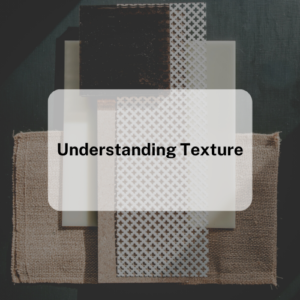
Texture refers to the surface quality or feel of an object, material, or fabric. In interior design, texture can be described as the tactile sensations created by the elements and finishes within a space. Texture can add depth, character, and interest to a room and can help to create a certain mood or atmosphere. It can also be used to complement other design elements like color, shape, and pattern.
Texture can be found in a variety of forms, including natural elements like wood, stone, and plants, as well as man-made materials like fabric, wallpaper, and tile. Each texture has its own unique look and feel and can create different effects in a space. For example, a rough, natural texture like a stone accent wall can create a rustic or earthy feel, while a smooth, shiny texture like a mirrored surface can create a sleek and modern look.
When incorporating texture into your interior design, it’s important to consider how it will interact with other design elements in the space. For example, a heavily patterned wallpaper may clash with a busy area rug, while a simple, neutral rug may complement a textured accent wall. By understanding the different types of textures and how they work together, you can create a cohesive and visually appealing space.
Using Texture to Add Depth
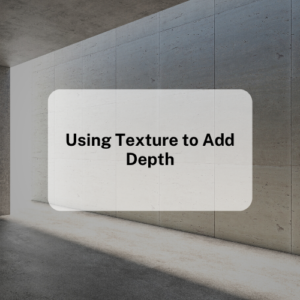
One of the main benefits of using texture in interior design is that it can add depth to a room. By incorporating different textures into a space, you can create a layered and multidimensional look. This can be particularly useful in small or simple rooms that may lack architectural interest.
There are several ways to use texture to add depth to a space. One way is to layer different textures on top of each other. For example, you could layer a textured rug over a smooth wood floor, or a plush, textured throw over a leather sofa. This creates a contrast between the two textures, making each one stand out more.
Another way to add depth with texture is to use variations of the same texture throughout the space. For example, you could use different shades of the same color and texture in the upholstery, curtains, and throw pillows. This creates a cohesive look while still adding depth and interest.
Creating Contrast with Texture
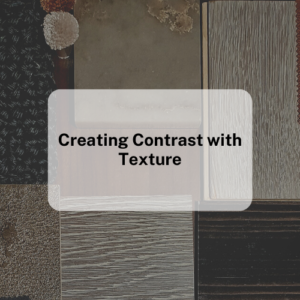
Texture can also be used to create contrast in a room. This can be particularly effective in spaces that are predominantly one texture or color. For example, a room with all smooth surfaces like glass and metal may feel cold and sterile, but by adding a textured rug or throw, you can create a sense of warmth and comfort.
To create contrast with texture, it’s important to consider the balance between different textures in the space. Too many textures can create a cluttered and chaotic look, while too few textures can make the space feel flat and uninteresting. By balancing smooth and rough textures, you can create a visually appealing space that feels comfortable and inviting.
Incorporating Natural Elements
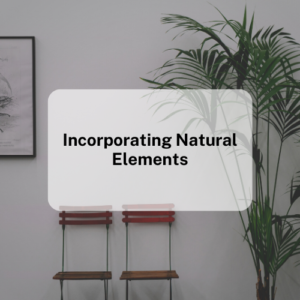
Natural elements like wood, stone, and plants can add texture and depth to a room. These elements bring a sense of the outdoors into space, creating a calming and organic feel. They can also be used to create contrast with man-made materials like glass and metal.
One way to incorporate natural elements into your interior design is to use wood furniture or decor pieces. Wood adds warmth and character to a space and can be found in a variety of textures, from rough-hewn to polished and smooth. You can also use natural stone or brick as an accent wall or fireplace surround, adding texture and depth to the space.
Plants are another great way to incorporate natural texture into your interior design. Not only do they add texture and depth, but they also purify the air and bring a sense of tranquility to a space. You can use plants in a variety of ways, from potted plants
Consider the Scale of Your Textures
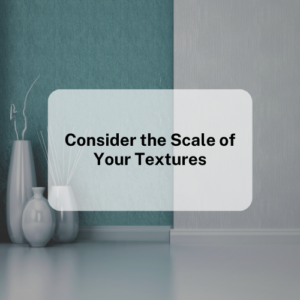
When incorporating texture into your interior design, it’s important to consider the scale of your textures. Large, bold textures can overwhelm a small space, while small, intricate textures can get lost in a large room. You should choose textures that are appropriate for the size of the room and the objects within it. For example, a small room may benefit from a smaller patterned rug, while a larger room may benefit from a larger pattern.
Similarly, you should also consider the scale of your furniture and decor pieces. A large, textured rug may look great in a living room with a large sectional sofa, but it may not work well in a small bedroom with a twin bed. You should also consider the texture of your furniture and decor pieces and how they relate to each other. For example, a smooth leather couch may look great with a textured wool throw, but it may clash with a heavily patterned rug.
Don’t Overdo It

While texture can add depth and interest to a room, it’s important not to overdo it. Too many textures can create a cluttered and chaotic look, detracting from the overall design of the room. When choosing textures, stick to a few key elements and try to balance them throughout the space. For example, if you have a heavily textured rug, you may want to keep the rest of the room’s textures more subdued.
Consider the Mood You Want to Create

Texture can also be used to create a specific mood or atmosphere in a room. For example, a room with soft, plush textures like velvet and faux fur can create a cozy and inviting atmosphere, while a room with smooth, shiny textures like glass and metal can create a sleek and modern feel. Think about the mood you want to create in each room and choose textures that will help you achieve that goal.
Use Texture to Highlight Architectural Features
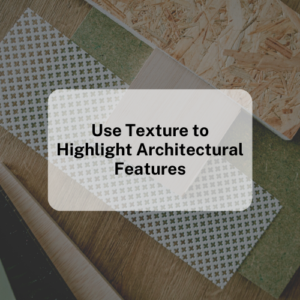
Texture can also be used to highlight the architectural features of a room. For example, if you have exposed brick or stone walls, you can use textured decor pieces to complement and enhance the natural texture of the walls. Similarly, if you have a high ceiling, you can use a large, textured pendant light to draw attention upwards.
Experiment with Textured Wall Treatments
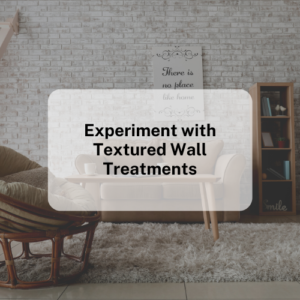
Textured wall treatments like wallpaper, stucco, or plaster can add depth and interest to a room. These treatments can be used to create a focal point or to enhance the overall texture of the room. For example, textured wallpaper can be used to create an accent wall, while stucco or plaster can be used to add texture to a ceiling or fireplace.
Use Texture to Create Contrast
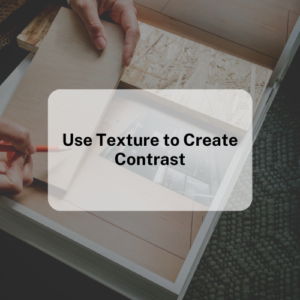
Texture can also be used to create contrast in a room. For example, if you have a room with a lot of smooth surfaces like glass and metal, you can use a textured rug or throw to add contrast and make the room more dynamic. Similarly, if you have a room with a lot of natural textures like wood and stone, you can use a smooth, shiny decor piece to create contrast and add interest.
Incorporating texture into your interior design can be a fun and creative process. By experimenting with different textures and considering factors like scale and mood, you can create a unique and visually appealing space that reflects your personality and style. Whether you’re using textured fabrics, natural elements, or textured wall treatments, texture can add depth and character to your space and make it more inviting and comfortable. So why not start incorporating texture into your interior design today and see the power of texture for yourself?